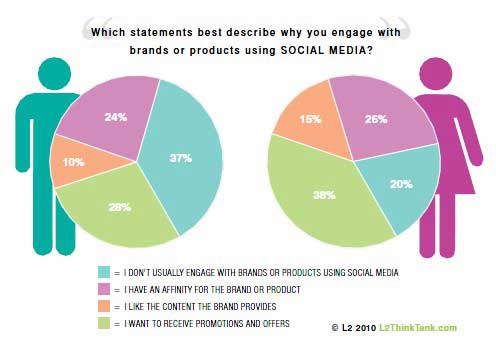This is more personal blog – I loved learning about more about corporate social responsibility because working with non-profit organizations during high school was a major part of my choice to come to Sauder.
I went on a humanitarian trip to the Dominican Republic where we worked with two non-profit organizations (it should be mentioned that these were religious organizations, but I want to focus on the effectiveness of their operations strategy). One was a couple doing grassroots, hands on work with people in government housing. The second organization had a core team of 8-10 people and were able to to connect a nation-wide network of churches in order to help empower church leaders.
Both organizations were doing important, meaningful work, but I saw what a bigger impact people could have if they used organizational and management skills in a similar way that people run businesses. For example, the bigger organization had to consider a complicated variety of costs (food, transportation, construction materials), human resources (translators, construction labourers, pastors) and making sure the value proposition of their “product” would meet the needs of individual churches, or their “consumers”.
My experiences are a little different from social entrepreneurship, which is for profit, but I have to agree that using entrepreneurial approach to solve social problems can be much more effective in creating positive change in the world.

